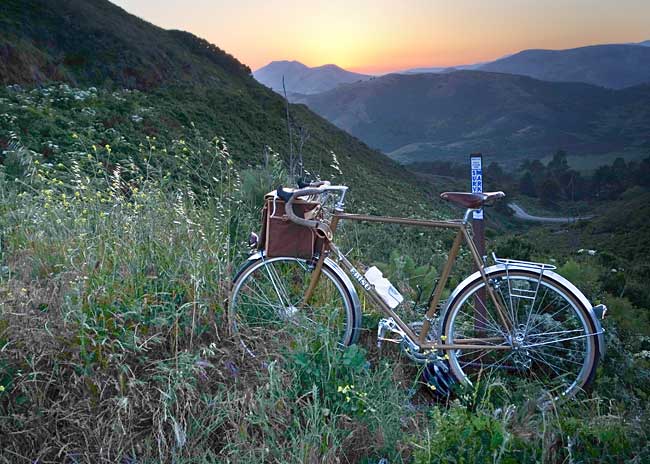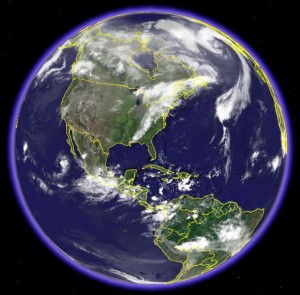Archive for the ‘RX100’ tag
On the Road……Coastal Sunset & Digital Metering w/ Sony RX100
Here’s the sunset at 8:04pm from Thursday’s ride in the Marin Headlands.
The light was tricky. It was well into twilight, and there was a sharp contrast between the lightest and darkest areas in the scene.
(Note: roll your mouse over the image to see the extreme difference in the unprocessed camera file.)
For a landscape scene like this a serious photographer would typically use a large-sensor DSLR camera plus:
- a tripod (to allow for a long exposure to let in more light without introducing blur from inadvertent camera movements) and
- a graduated neutral-density filter (to control the scene’s dynamic range by reducing the brightness of the sky — but not the foreground).
However, my little Sony RX100 (reviewed here by NY Times tech writer David Pogue) handled the scene fairly well.
Here is the processing technique I recommend for this — or really any — digital photograph:
- Choose an exposure that preserves the brightest areas in the scene. That is, “expose for the highlights” to retain the vivid color and detail which might otherwise get “blown out”. Metering the scene like this will render the rest of the image too dark, but that’s okay. When mousing over the above image, you can see how everything — except the sky, the bike’s shiny metal parts, and the clear water bottle — is way (and I mean way) underexposed.
- Tweak the shadow areas in post-processing according to taste. Here is where we adjust areas that are too dark. When I opened-up the shadow areas in Photoshop using a curves adjustment layer there was surprisingly still enough detail hidden in the file to create a decent image (at least for viewing on the web). In most images the before/after differences will be less extreme, but the technique will be the same.
By the way, this is the exact opposite of what Ansel Adams did in his black and white film photography. He would “expose for the shadows“, that is, meter the darkest area of the scene to preserve wanted detail, then in the darkroom develop the highlights to taste.
The difference in technique is a function of how digital sensors and film emulsions handle highlight rendering. For a good discussion of Adams’ technique and his Zone System, see this article.
-Nathan

 Show on map
Show on map
